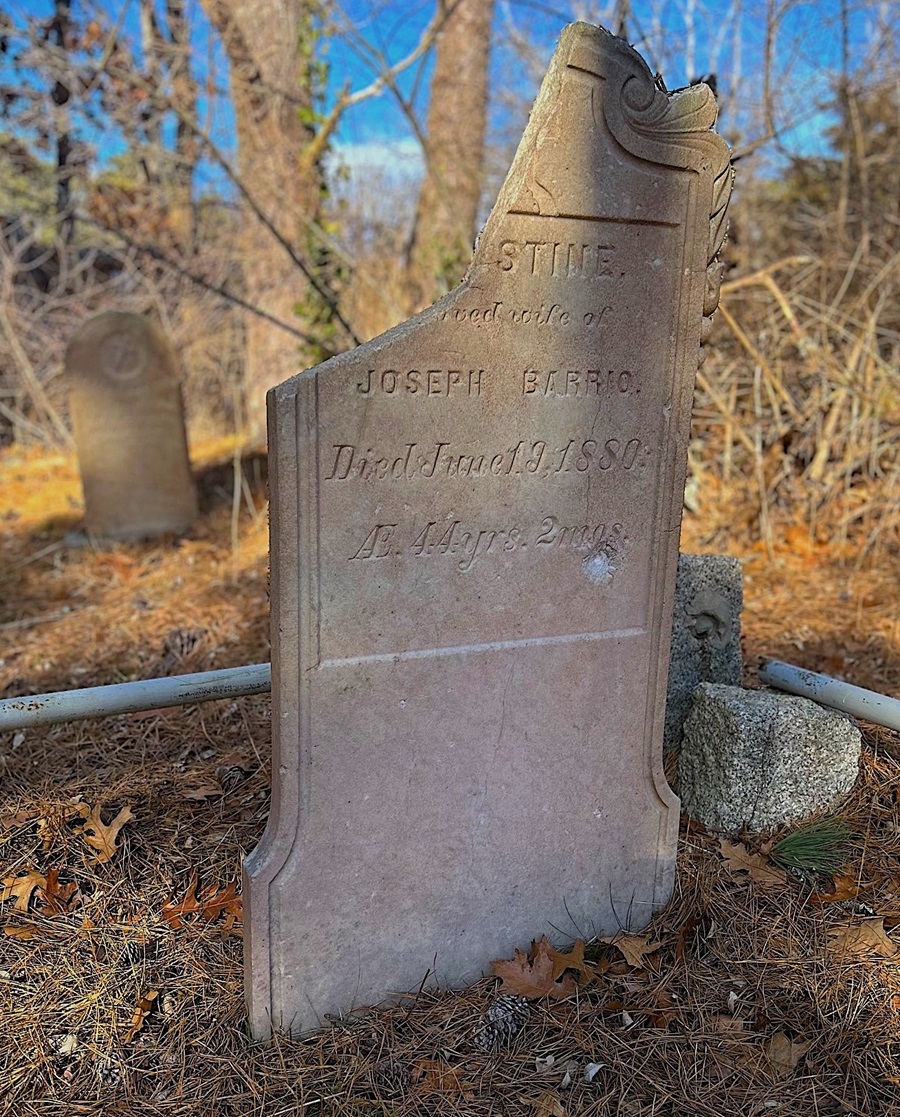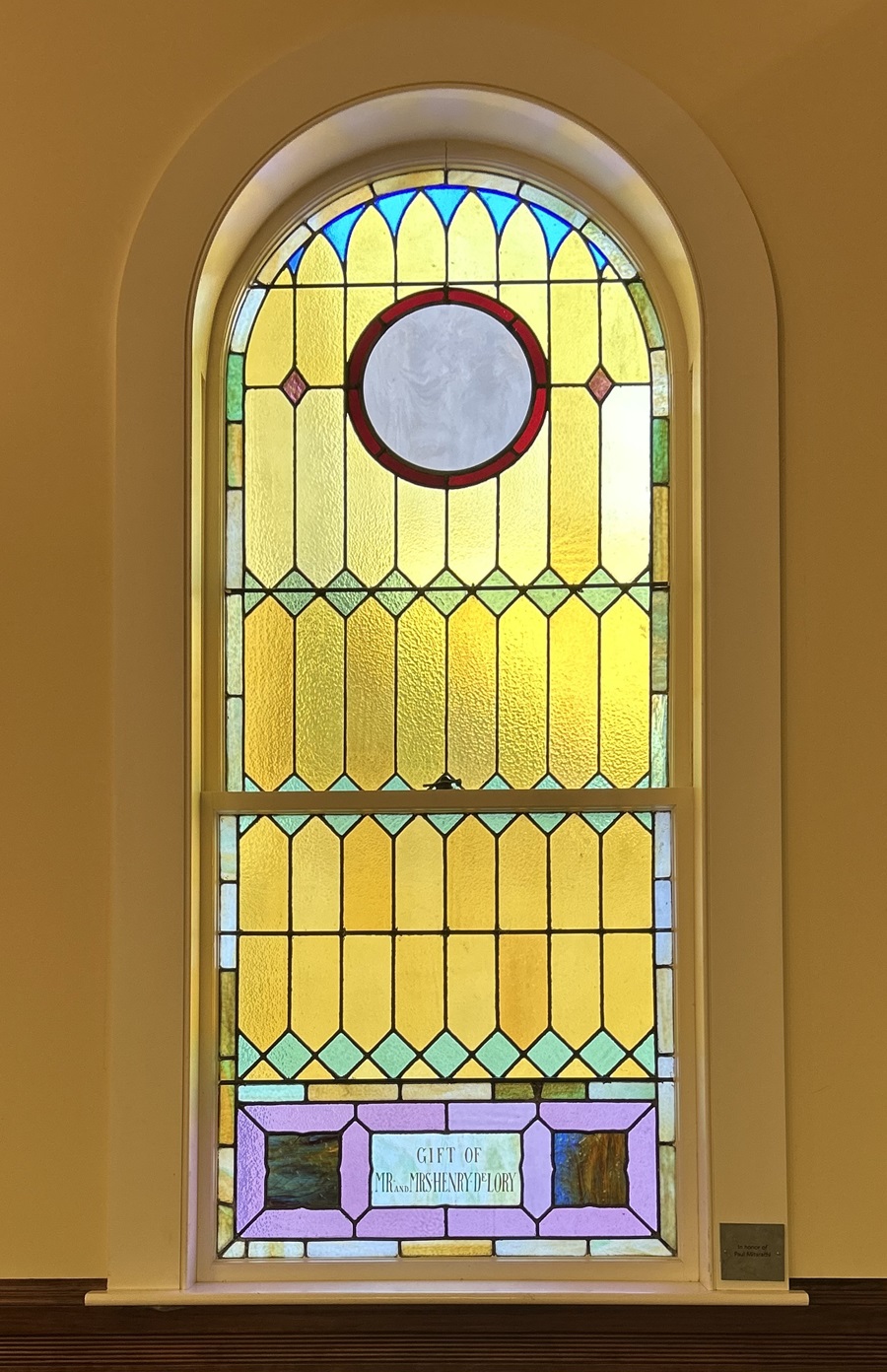When Father Joseph M. Finotti arrived in Provincetown from Boston in 1852, he was the first priest assigned to minister to the town’s small Catholic population, most of whom were Irish. With a flock not yet large enough to support a priest of its own, the Provincetown mission relied on visiting priests like Father Finotti to offer Mass, hear confessions, and baptize children at their homes.
His dream that Provincetown might one day become its own parish began to take root in 1854 when he purchased a building on what is now Bradford Street for use as a parish house. It wasn’t a full-fledged church but served the Catholic community well enough until the late 1860s, when Portuguese families began arriving and it became clear a real church was needed. Finotti’s ministry ended in 1860, and it took several more years for his dream to be realized. St. Peter the Apostle Church was consecrated in 1874.

In Truro and Wellfleet, small Catholic congregations became missions of Provincetown, the priests from St. Peter’s celebrating Masses in private homes. As Truro’s Portuguese population grew, Sacred Heart Church was established in 1895. Provincetown’s young and charismatic pastor, the Rev. Manuel C. Terra, purchased a former school, had it razed, and used the lumber to build the church in Truro Center near where Sacred Heart Cemetery had been laid out several years earlier.
Born in New Bedford to Azorean parents, the Rev. Fr. Terra had spent time as a boy with his family in the Azores, became fluent in Portuguese, and was able to offer Masses, sacraments, and counsel entirely in the native tongue of his parishioners. A second Catholic church, Our Lady of Perpetual Help (later the Chapel on the Pond and now the Pond Village Community Chapel), was built in North Truro in 1915.
By 1900, Terra had his eyes on another one-room schoolhouse in Wellfleet. The building, across from Duck Creek Cemetery, was purchased from the town by a Catholic community member and became Wellfleet’s first Catholic church, Our Lady of Lourdes.
In 1912, the parish built a new church on the town’s Main Street. For a time, the Truro churches became its missions, as the Catholic population in Wellfleet continued to grow.

Wellfleet’s Catholic community had its beginnings not with Irish and Portuguese immigrants but with French immigrants from Nova Scotia. Differing culturally from the French colony at Quebec, the French who arrived in Wellfleet beginning in the 1860s were Acadians whose tragic story has been absorbed the world over through Henry Wadsworth Longfellow’s poem Evangeline, a Tale of Acadie.
In the 1630s, at the same time English Puritans were founding the Massachusetts Bay Colony, pioneer farming families from the west coast of France began arriving at Acadia, a large region that included Nova Scotia. There they co-existed with the indigenous Mi’kmaq who lived in upland forests, establishing their farms by using an intricate system of earthen dikes to convert vast areas of tidal salt marsh into nutrient-rich meadows.
Decades of dynastic conflict between England and France spilled over to North America, where Massachusetts Bay Colony leadership viewed the French Catholics to the north as a threat. They made no secret of their desire to remove the farmers from the land they’d now tended for generations and offer it to Protestant settlers.
Beginning in 1755 and continuing for nearly a decade, the “Great Upheaval” became a defining event for Acadians. Wrenched from their farms, Acadians were dispersed to America’s East Coast colonies. Destitute and speaking a different language, practicing a different religion, and without their close-knit family structure, the Acadians were shunned and mistreated. A few were eventually allowed to return to Nova Scotia where, in time, they reestablished thriving communities.
A century after the forced deportations, some arrived in Wellfleet, by then with family names altered or anglicized: Barrio and Berrio (from Barrieau), Boudro (Boudreau), DeLory (Deslauriers), DeCoste (Coste), and Frazier (Fougere).
In Wellfleet, they found a booming fishing village and its related industries, a place that looked very much like the communities of Havre Boucher and Tracadie in Antigonish County they had come from. Here, the men found employment as boatmen, coopers, fishermen, and oystermen, and the women found work in local households.
The same year the original Wellfleet church had been established, a small burial ground was laid out adjacent to the Duck Creek Cemetery. Still active and maintained by the diocese, Our Lady of Lourdes Cemetery offers a window into Wellfleet’s French immigrants, their large, interrelated families, and their continuing presence in the town.

Seemingly forgotten and sadly neglected is the original French burial ground, a small family plot tucked away among the pines off Cove Road. The French Cemetery, also known as Boudro Cemetery, was established before Our Lady of Lourdes Cemetery and is the resting place of two families who lived at the Cove, Peter Boudro (1820-1884) and his wife Margaret (1826-1881); and Joseph Berrio (whose name is spelled Barrio on the marker but Berrio in vital records, 1832-1924) and his two wives, Augustine (1836-1880), whose grave is the earliest of all the French graves, and Elizabeth (1832-1920).
Much later, the Main Street church fell into disrepair; it closed in 2000, and by 2011, the building had become Wellfleet Preservation Hall, a vibrant community arts center. The local Catholic community worshipped in Eastham until a new Our Lady of Lourdes was dedicated on Route 6 in 2009.
At Preservation Hall, eight stained-glass windows from the original chapel, reinstalled when that church moved to Main Street, and now well cared for again, pay tribute to the community that was instrumental in establishing Wellfleet’s first Catholic church.
Of special note are the windows honoring the Rev. Manuel Terra and Mr. and Mrs. Henry DeLory. It was Henry DeLory who, at the behest of Father Terra, had purchased the old schoolhouse from the town in 1900. It was said that he paid $59.



